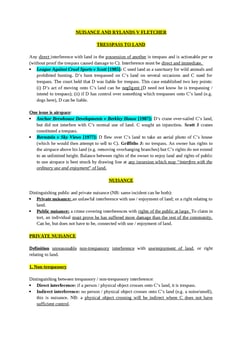Wilkes v Depuy International Ltd [2016] EWHC 3096
Judgement for the case Wilkes v Depuy International Ltd
Table Of Contents
KEY POINTS
Section 3(2) of the Consumer Protection Act 1987 merely necessitates an evaluation of whether, at the time the product was initially made available to the public by the producer, it met the expected level of safety that a reasonable person would anticipate, considering all relevant circumstances as described.
FACTS
The claimant underwent a surgical procedure in 2007 to insert an artificial left hip with components manufactured by the defendant, including a "C-Stem" femoral shaft. In 2010, the C-Stem fractured, and when the components were replaced, evidence of metal debris shedding around the joint was found.
The claimant alleges negligence by the defendant for the fracture and metallosis, and also brings a claim under the Consumer Protection Act 1987, contending that the C-Stem had a defect as its safety was not as expected.
The case centres on whether the defendant can be held liable under the Consumer Protection Act 1987 for the failure of the C-Stem, excluding other considerations. The claimant alleges that the C-Stem had a defect not meeting safety expectations, while the defendant argues against such liability.
COMMENTARY
This case reaffirms the importance of strict liability in product liability cases and emphasises the responsibility of manufacturers and suppliers to ensure the safety of their products.
It also highlights the significance of product testing and quality control to prevent injuries and protect consumers.
For Further Study on Wilkes v Depuy International Ltd
Need instant answers? Our AI exam tutor is here to help.
Ask questions 🙋 Get answers 📔 It's simple 👁️👄👁️
Our AI is educated by the highest scoring students across all subjects and schools. Join hundreds of your peers today.
Get StartedSimilar Cases
Related Product Samples
These product samples contain the same concepts we cover in this case.
| Tort Law | Product Liability Notes (5 pages) |

 Since 2010, Oxbridge Notes has been a trusted education marketplace, supplying high-quality materials from top achievers at universities like Oxford, Cambridge, LSE, Harvard, and Yale.
Since 2010, Oxbridge Notes has been a trusted education marketplace, supplying high-quality materials from top achievers at universities like Oxford, Cambridge, LSE, Harvard, and Yale.